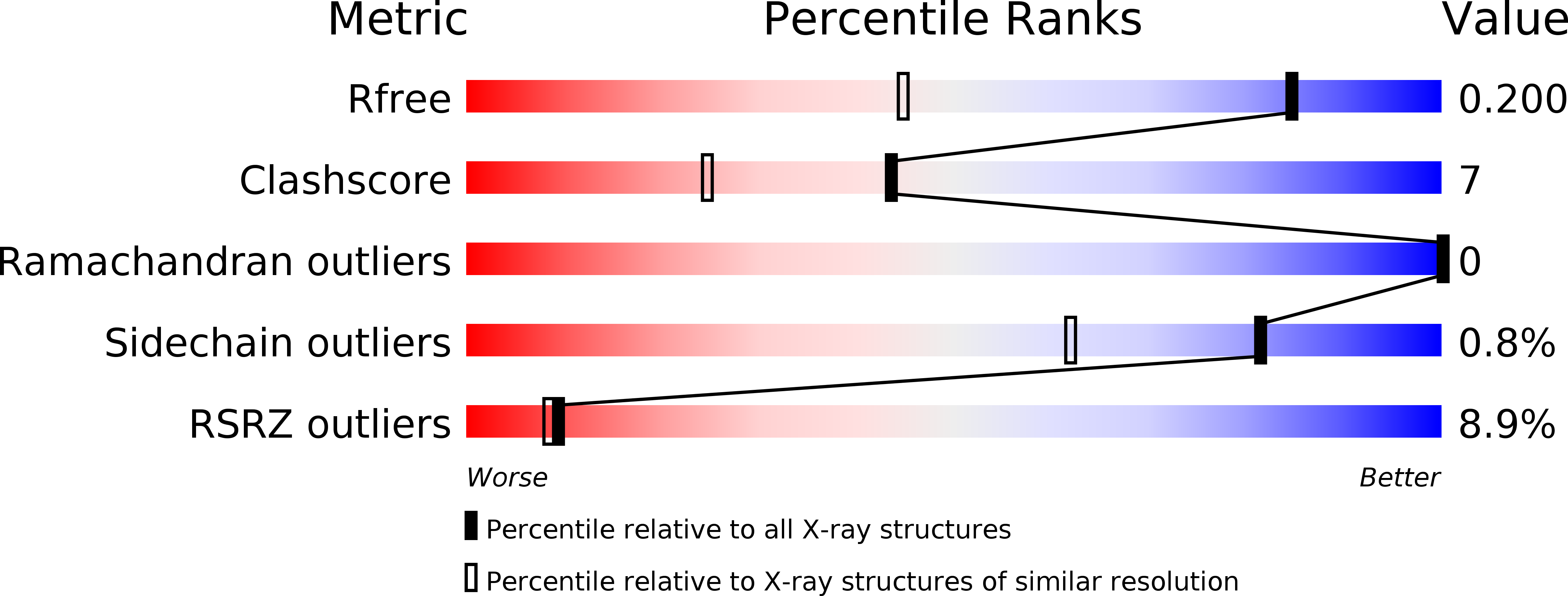
Deposition Date
2007-12-18
Release Date
2008-03-04
Last Version Date
2024-03-13
Entry Detail
Biological Source:
Source Organism:
Thermoanaerobacterium polysaccharolyticum (Taxon ID: 44256)
Host Organism:
Method Details:
Experimental Method:
Resolution:
1.40 Å
R-Value Free:
0.19
R-Value Work:
0.17
R-Value Observed:
0.17
Space Group:
P 21 21 21


